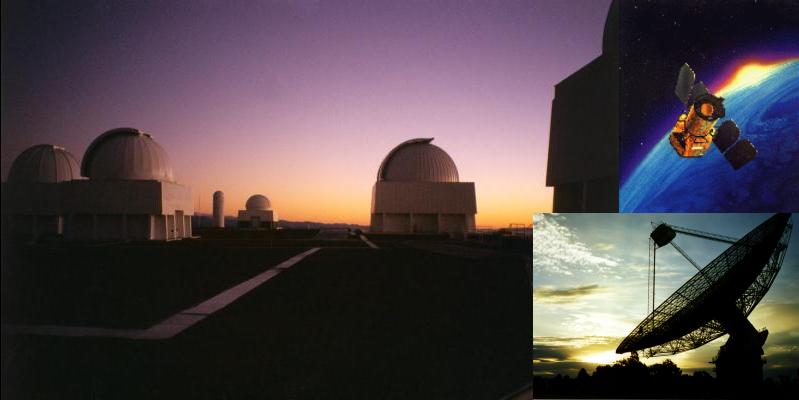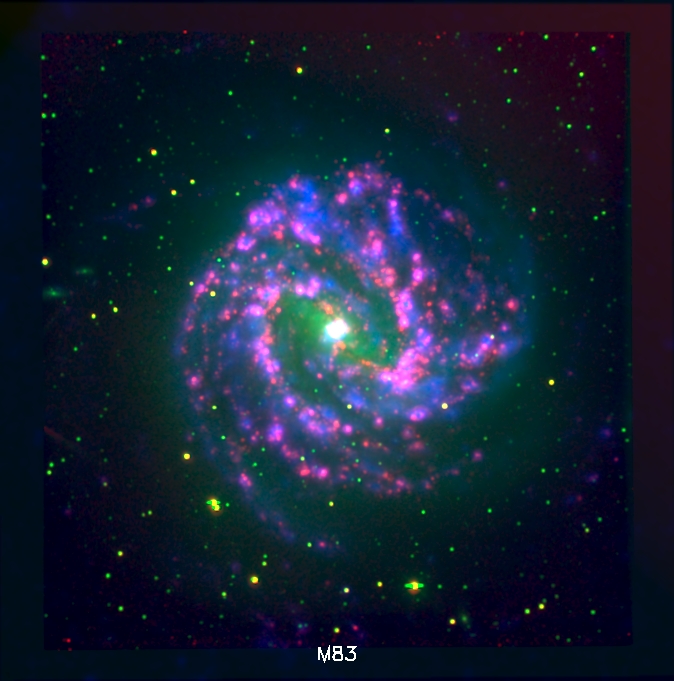Most star formation studies are based on H&alpha imaging which traces the O-type stars. The young and short-lived (aka 'live fast, die young') O-type stars are concentrated in compact ionized regions. Typically, a sharp truncation radius to star formation is found from H&alpha observations. However, ultraviolet (UV) studies of star formation show a less extreme picture. The truncation radius is not as apparent as there is less contrast between the field and the ionized regions. The UV emission traces B-type, as well as O-type stars. B stars have lower masses and longer lifetimes than O stars, and are the dominant source for heating and structuring the interstellar medium. The Survey of Ultraviolet emission in Neutral-Gas Galaxies (SUNGG) is a sister survey of SINGG and uses the Galaxy Evolution Explorer (GALEX) satellite to image a subset of SINGG galaxies in the near-UV (NUV) and far-UV (FUV) at 2273 Angstroms and 1515 Angstroms, respectively. This project is supported by a NASA Galex Guest Investigator Grant and a NASA LTSA grant. In conjunction with SINGG, SUNGG will result in a more complete and thorough understanding of star formation in the Local Universe.


